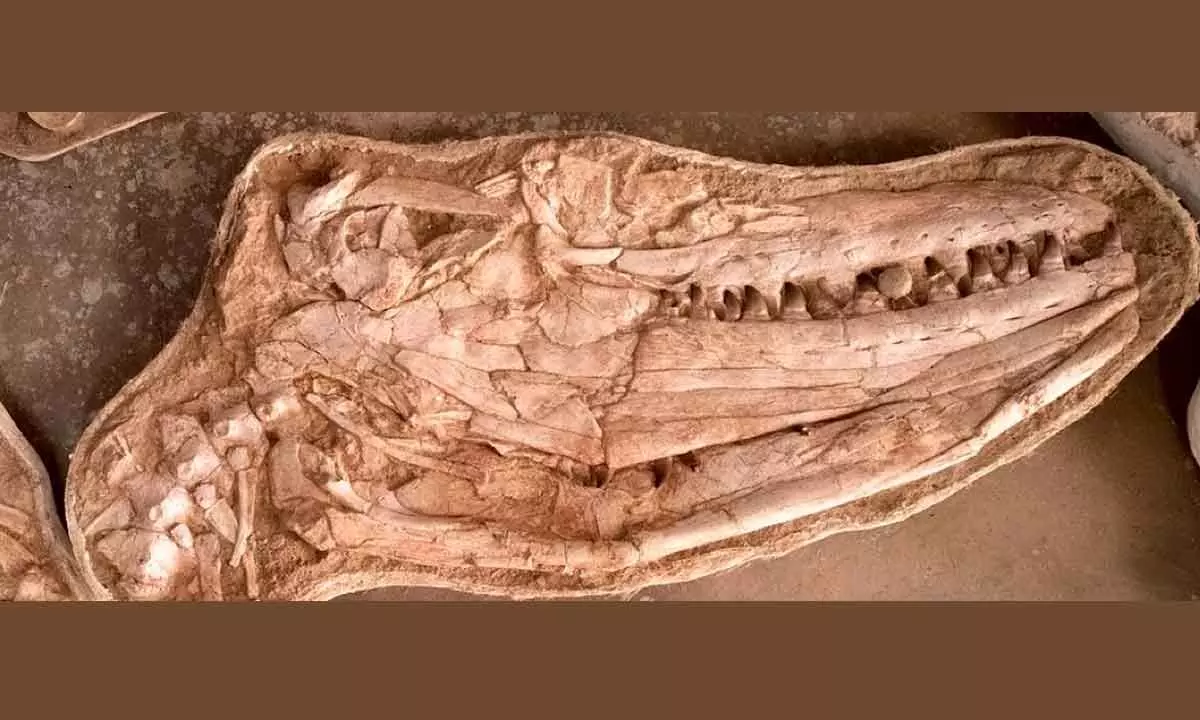Live
- Bhupesh Baghel threatens defamation case over allegations in Bitcoin scam
- I want to have that chance of playing in IPL, says Swastik Chikara ahead of mega auction
- Damson Technologies Inaugurates State-of-the-Art Manufacturing Facility in Ahmedabad with Rs. 200 Crore planned Investment
- Waqf row: BJP stages protest condemning land grab in Karnataka
- President Droupadi Murmu Graces Koti Deepotsavam in Hyderabad
- South Korean court sentences ex-fiance of Olympic fencing medalist to 13-yr prison term
- Posani Krishna Murali Announces Exit from Politics
- Allu Arjun and Sreeleela to Ignite the Stage with Pushpa-2’s Special Song
- World Television Day 2024: From B&W Beginnings to Smart TVs and Their Role in Shaping Elections
- Bihar: Kaimur residents buy cheap medicines from Jan Aushadhi Kendras, thanks govt









